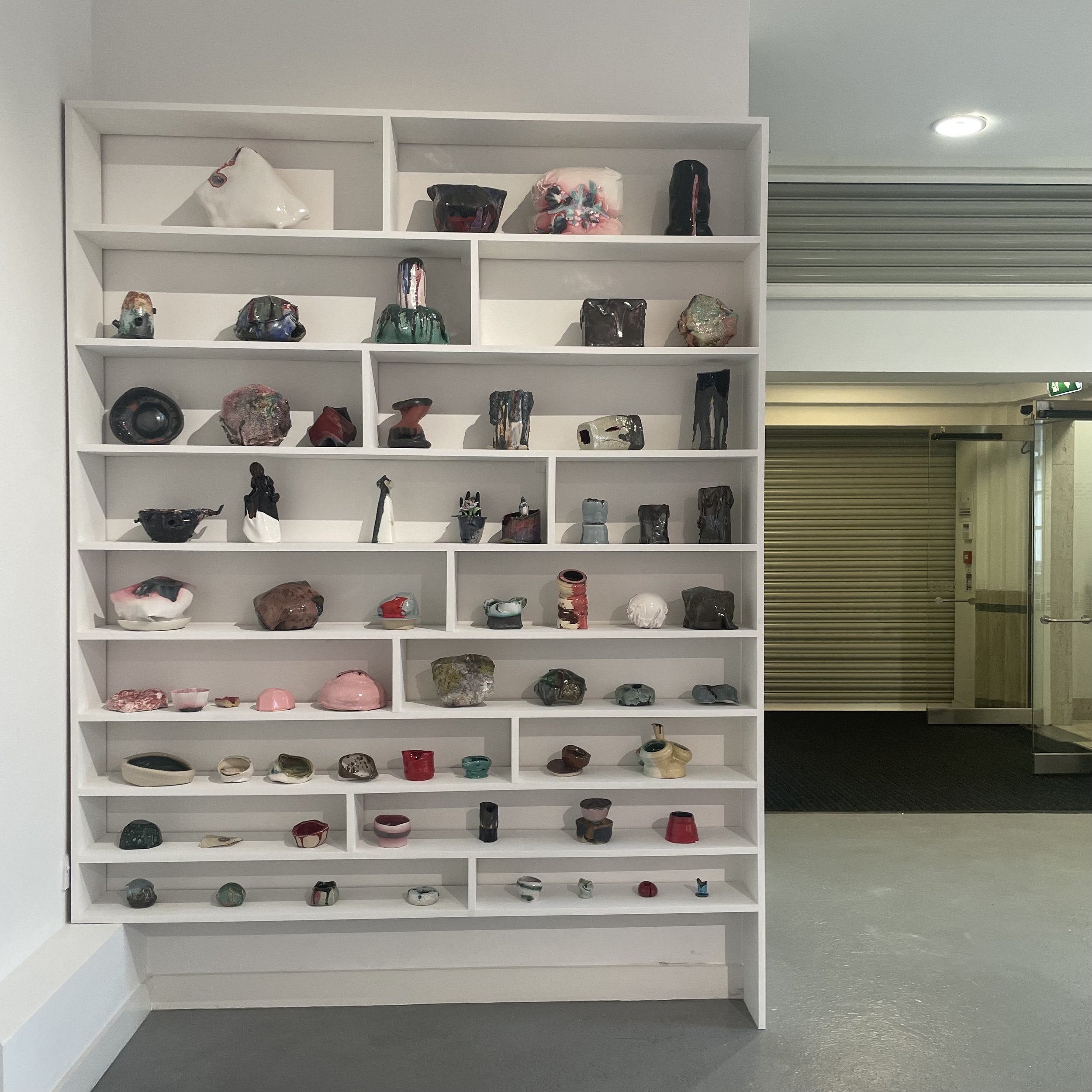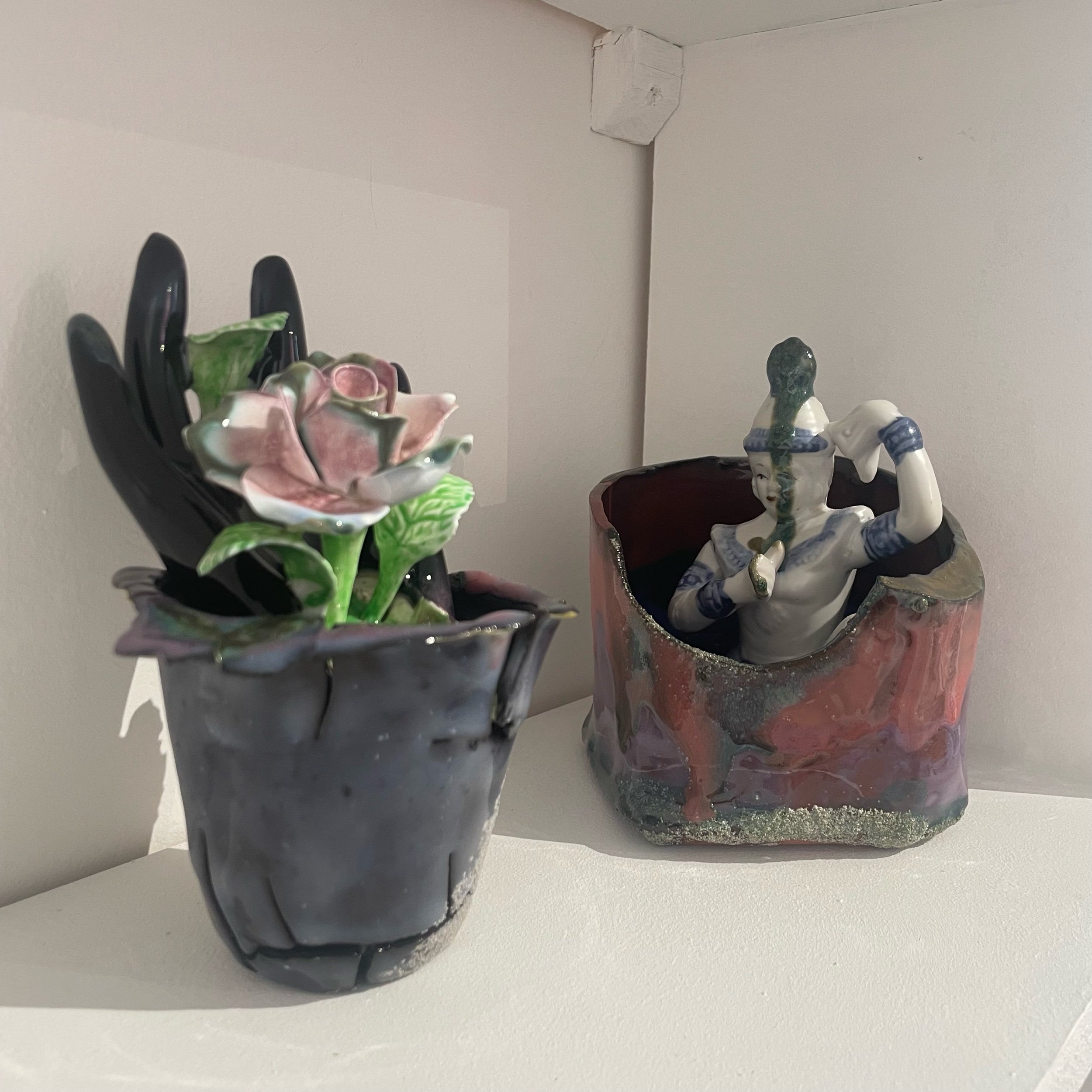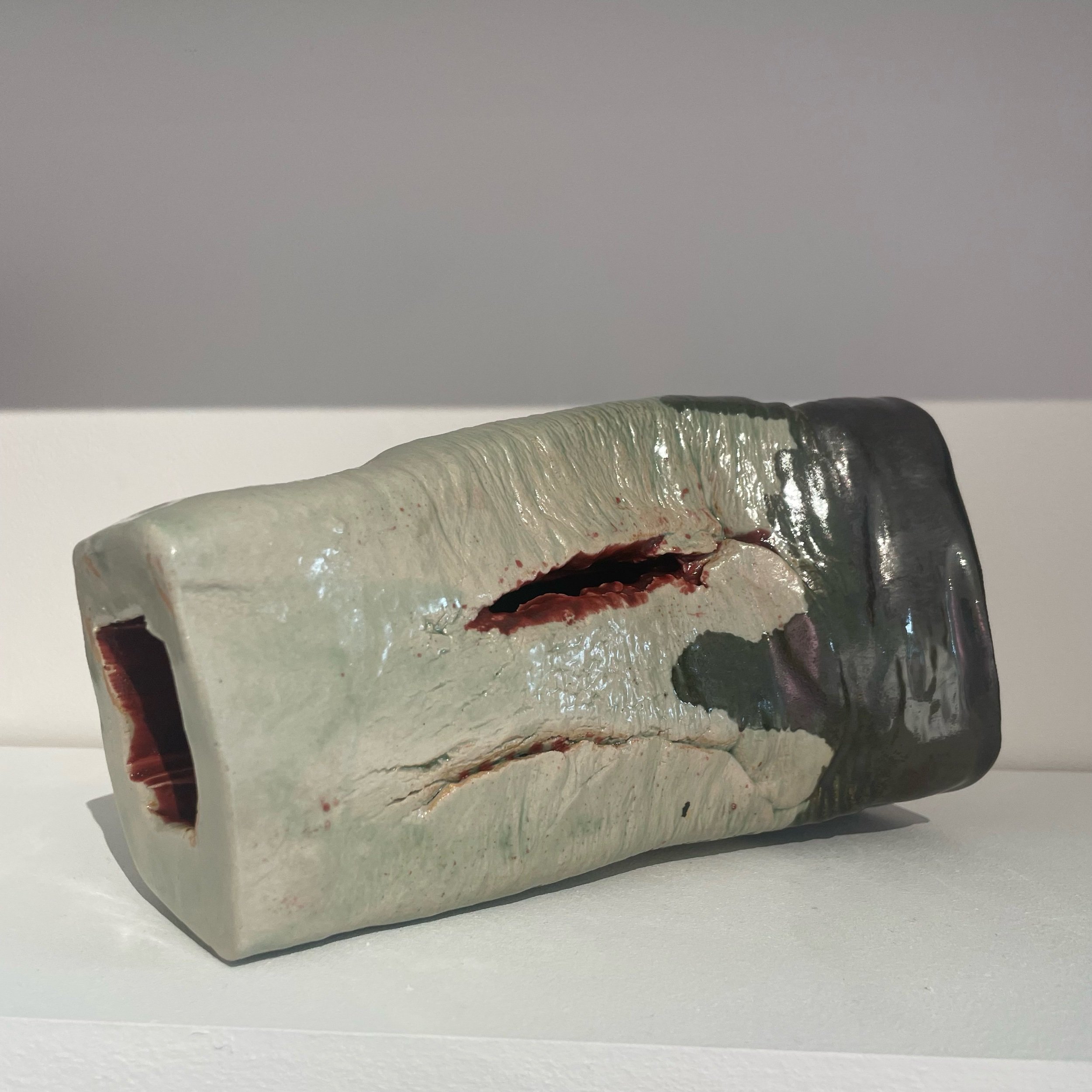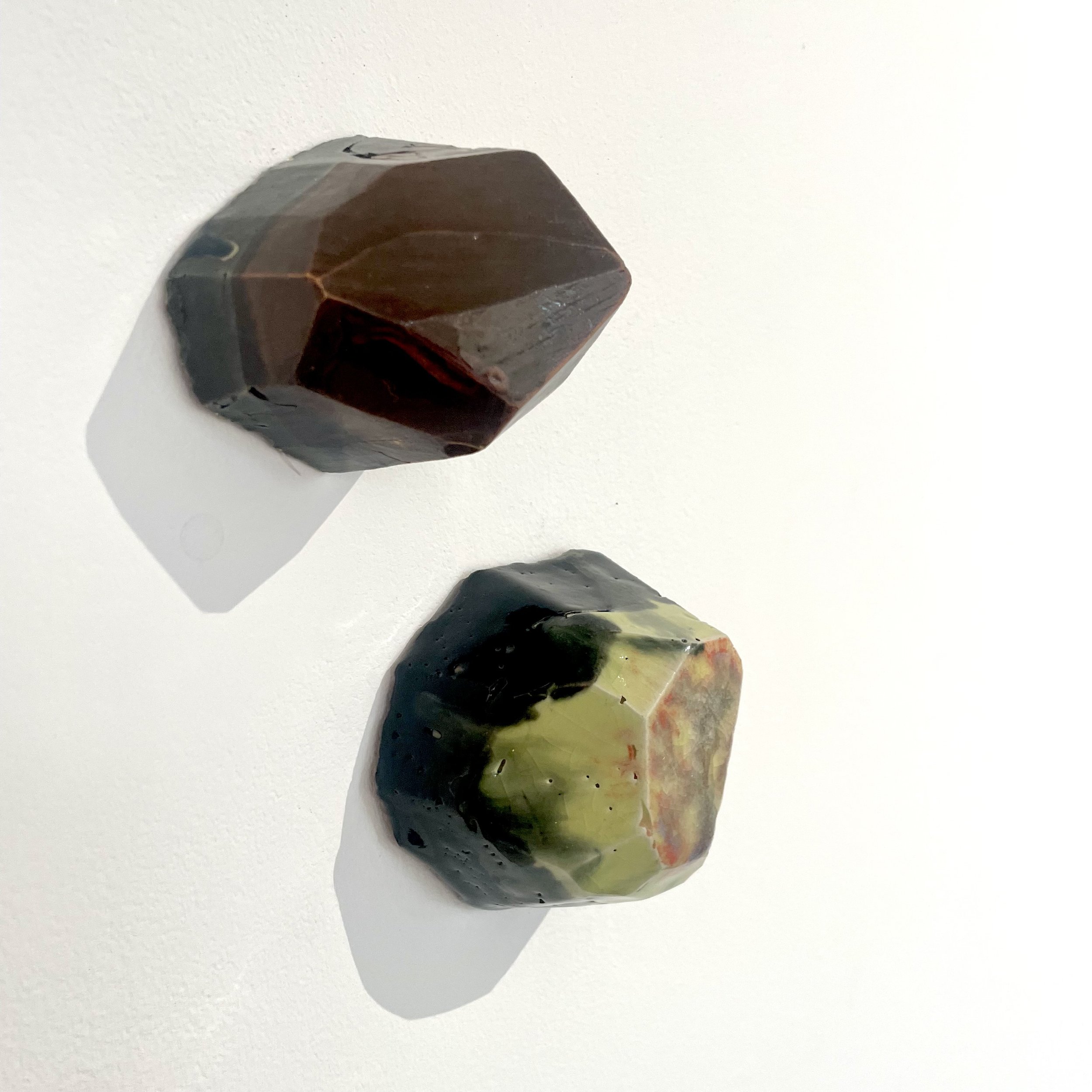Keith Clapson - Touching the Surface
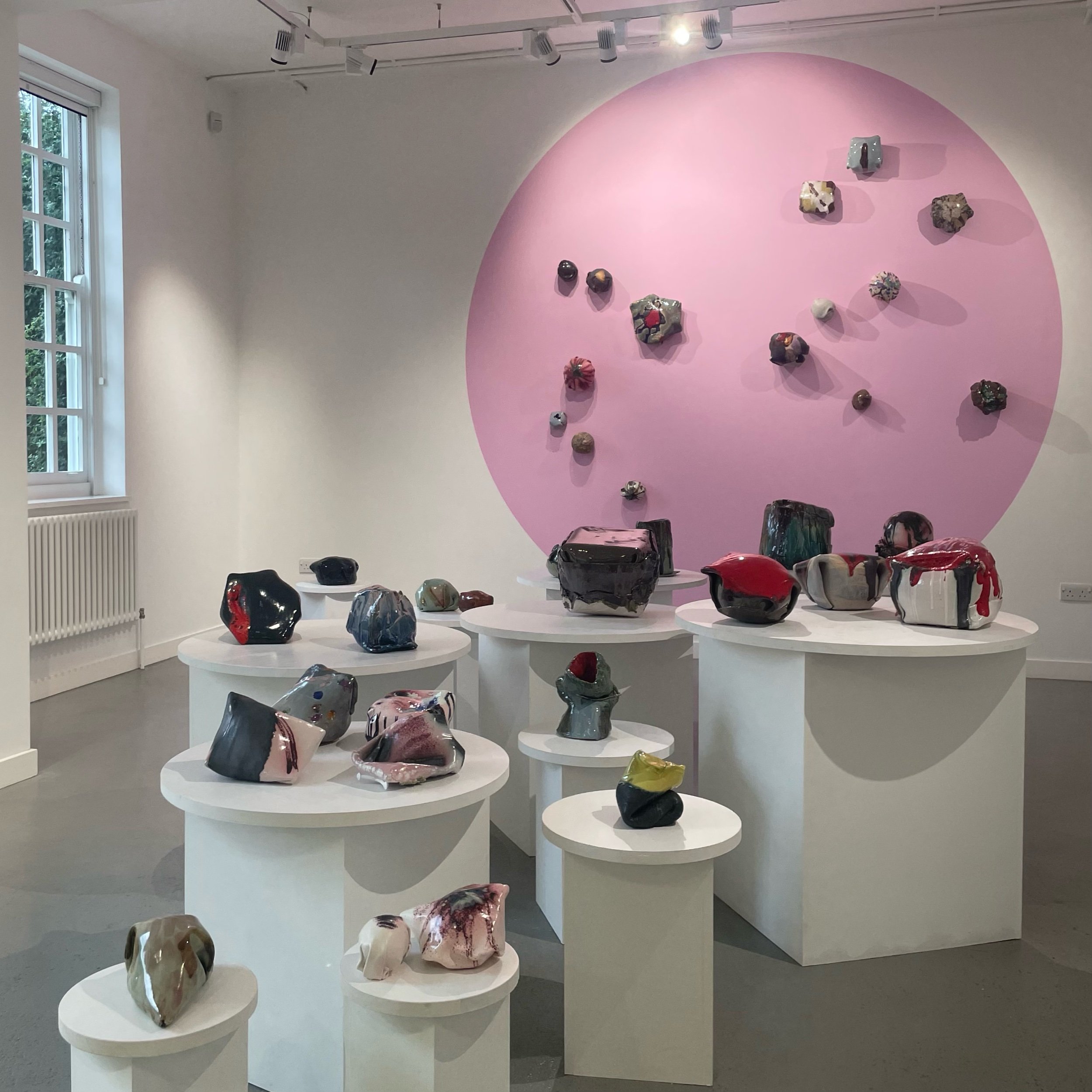
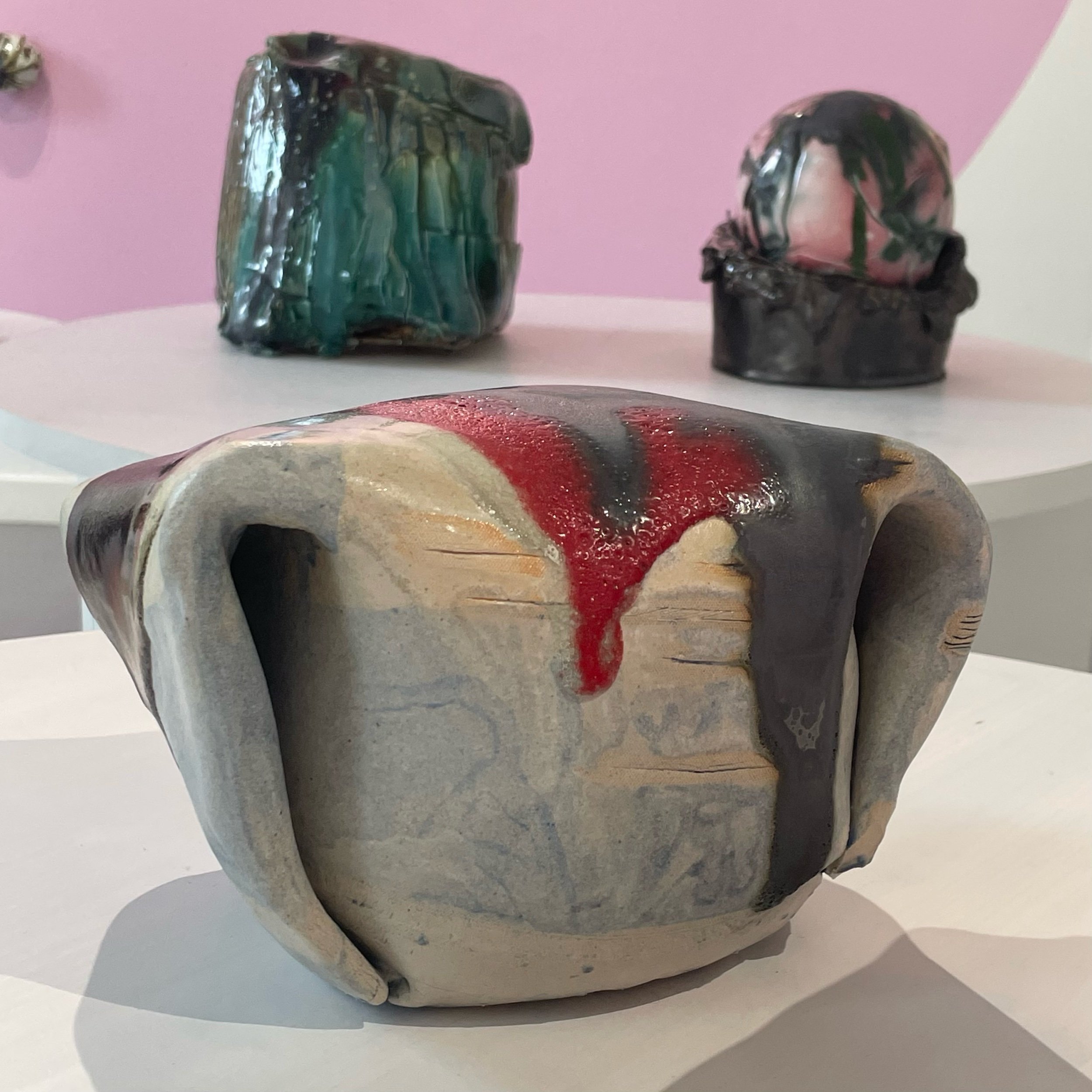

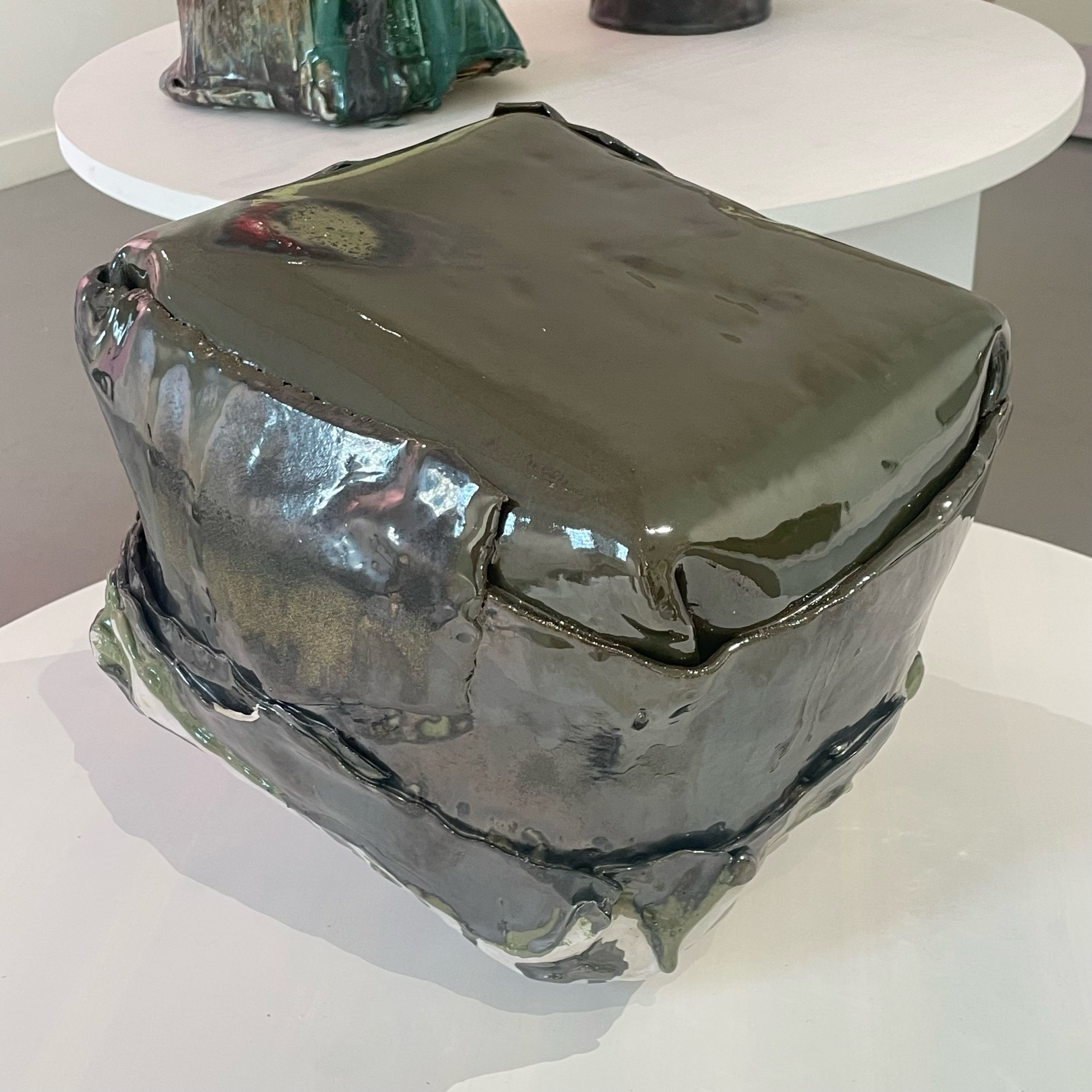
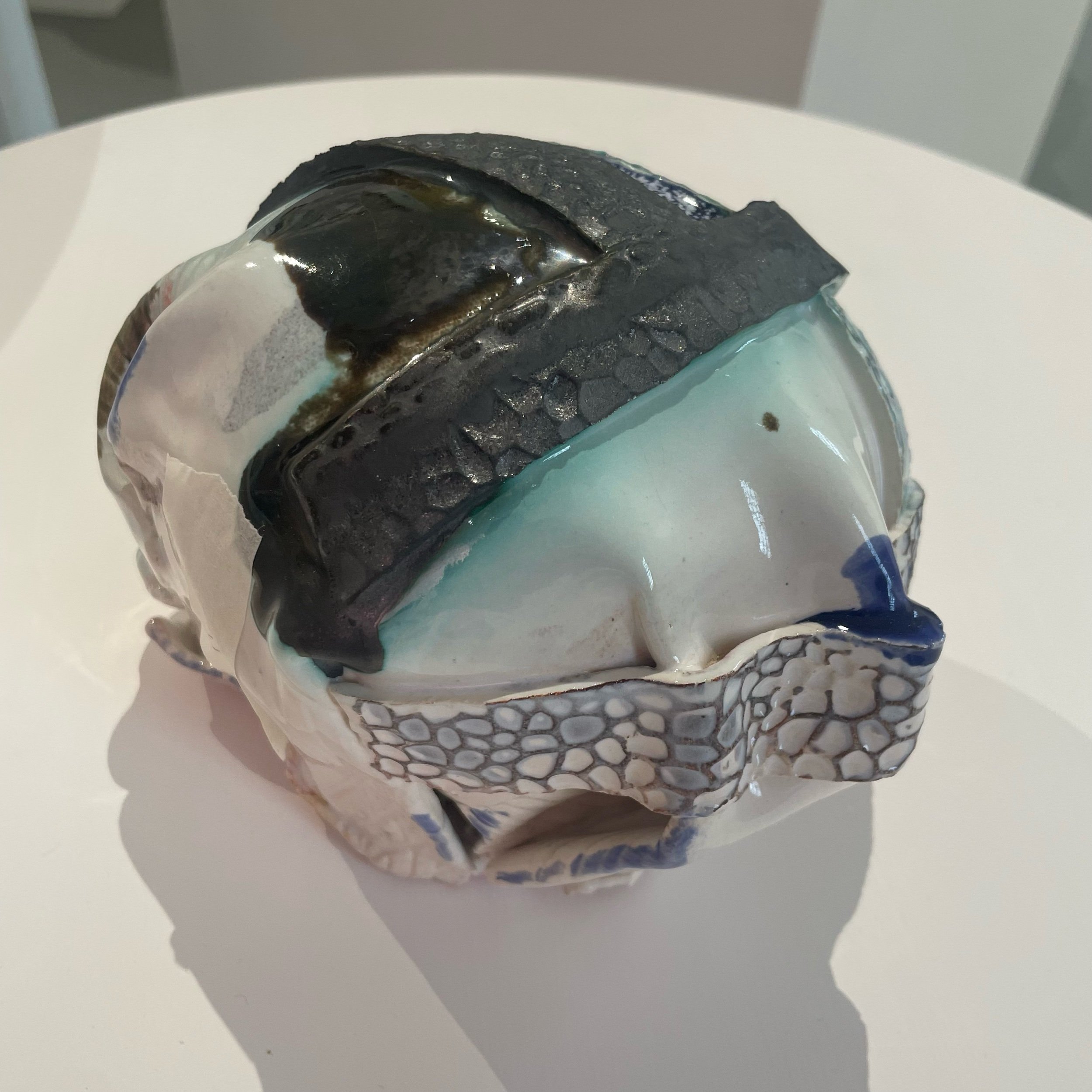





Recently, I had the rare pleasure of holding a work of ceramic art at a gallery exhibition. It was the size of a large avocado, and carefully cradled in my hands it felt as cool and smooth as it’s glossy, delicate shape made me think it would be. It felt nothing like the warm, firm handshake I received five minutes earlier when I met the maker, Keith Clapson. He spoke animatedly and at length about his practice, eagerly answering questions and enthusiastically explaining how the journey of his life eventually led him to ceramics. Anyone witnessing this encounter would never suspect that 6 years ago the main thought in Keith’s head was whether or not he’d be able to get out of bed that day.
For over 20 years Keith suffered from severe Obsessive Compulsive Disorder (OCD), a complex mental and behavioural disorder generally characterised by unwanted thoughts that cause anxiety, disgust, or discomfort, leading to compulsive actions that impair general function. Because of his condition Keith was accepted into the Bethlem Royal Hospital’s Anxiety Disorders Residential Unit (ADRU) where some patients embrace art therapy as part of their treatment and recovery. They do so with the assistance of Bethlem Gallery, an independent art gallery with studio facilities, conveniently located within the hospital grounds.
Keith’s involvement with both is a fascinating success story. He tells me that “I never used to be able to touch anything. Not even my mum.” but since his arrival he’s produced 730 pieces of ceramic art. It’s a highly tactile, hands-on artistic practice, so that’s an impressive stat that speaks to the efficacy of the ADRU programme. But when it comes to art, quality trumps quantity. Keith’s delivered on that front too.
While some of the shapes look like they might, at one point, have approximated a traditional ceramic form, Keith’s intentions were never to make a perfectly formed bowl or decorative vase. They also aren’t intended to be abstract studies, although arguably that’s their best description. He’s incorporated metal, glass and even doll parts into some works, but generally shows restraint by limiting each form to a few things that stand out to give it a focus. His most recent works were created by folding layers of clay over inflated balloons. My favourite looks like a badly wrapped birthday gift turned upside down. Keith says he became fascinated by the “constraint of clay around a balloon like the constraint of OCD around my life.” He also loves using colour.
Whether using ready-made glazes or ones he’s mixed himself, the works have vibrant, luscious tones that draw your eye from across the room. Get close and you’ll appreciate the blends of pigments, the residual bubbles from the firing, and colours that drip, bleed and blend together as they spill down the sides. With so many curiously shaped, intensely colourful works it can be hard to know where to look first. Maybe the shiny ones? Or that one that looks like a head of cabbage? Standing in the gallery felt like feeding time at a petting zoo. There’s too much choice, so just pick one you like the look of and go tenderly pet it. Yes, you’re allowed to. Keith encourages it.
Many of the works are smooth, until bends and folds playfully interrupt the caress of your hands. Some have rough and ragged areas. A few appear like cracked dinnerware carelessly put back together, with exposed edges that tender hands will want to be mindful of. Some have slits that barely expose their dark interiors. Running my fingernail along their edges created echoes from inside. I told Keith I thought it was bold and generous to allow people to touch the art. His response? If touching clay helped him to recover, then why should the work be untouchable to anyone else?
Keith says the practice of making ceramics helps clear his head and wipes away intrusive thoughts. The process helped him to feel unencumbered, and working outside of a commercial art environment enabled him to freely experiment. Bethlem Gallery Director Sophie Leighton says one of the Gallery's main remits is to “enable people to identify as an artist, not as a patient” and that is indeed how Keith describes himself now. He gets no argument from me, but he’s quick and generous with his gratitude towards his therapists, the facilities and the tutors and technicians at City Lit, where he was eventually able to enrol to complete further ceramic studies. None of that would have been possible without Bethlem’s ADRU and Gallery. Keith now honours both in the best possible way: volunteering and helping other patients who are taking their own steps towards a world of recovery that may one day be filled with their own art.
Plan your visit
‘Touching the Surface’ runs until 18 November.
Visit bethlemgallery.com and follow @bethlemgallery on Instagram for more info about the venue.
Follow @nospalchtiek_art on Instagram for more info about the artist.
PLUS…
Check the What’s On page so you don’t miss any other great shows closing soon.
Subscribe to the Weekly Newsletter. (It’s FREE!)

